Gallery: Mystery of the Pygmy Elephants of Borneo
Pygmies of Borneo
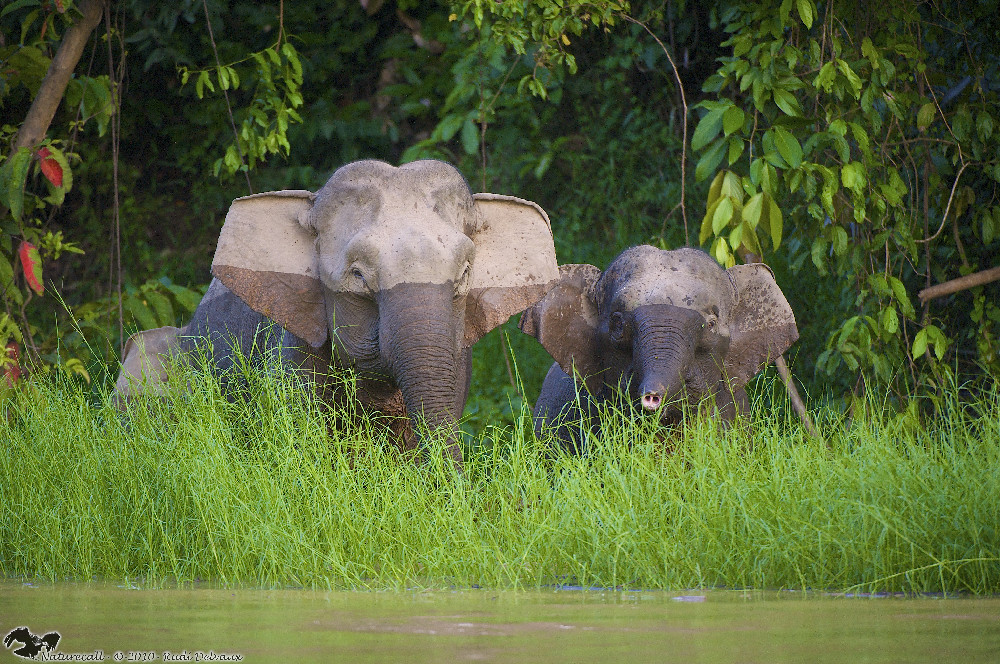
On the island of Borneo live pygmies of the elephant world. While other male Asian elephants can grow up to 9.8 feet (3 meters tall), male Borneo elephants grow to less than 8.2 feet (2.5 meters), according to the conservation organization WWF. These elephants also have larger ears, longer tails and more rotund bodies that give them a babyish appearance. Controversy surrounds their origins.
Immigrants?
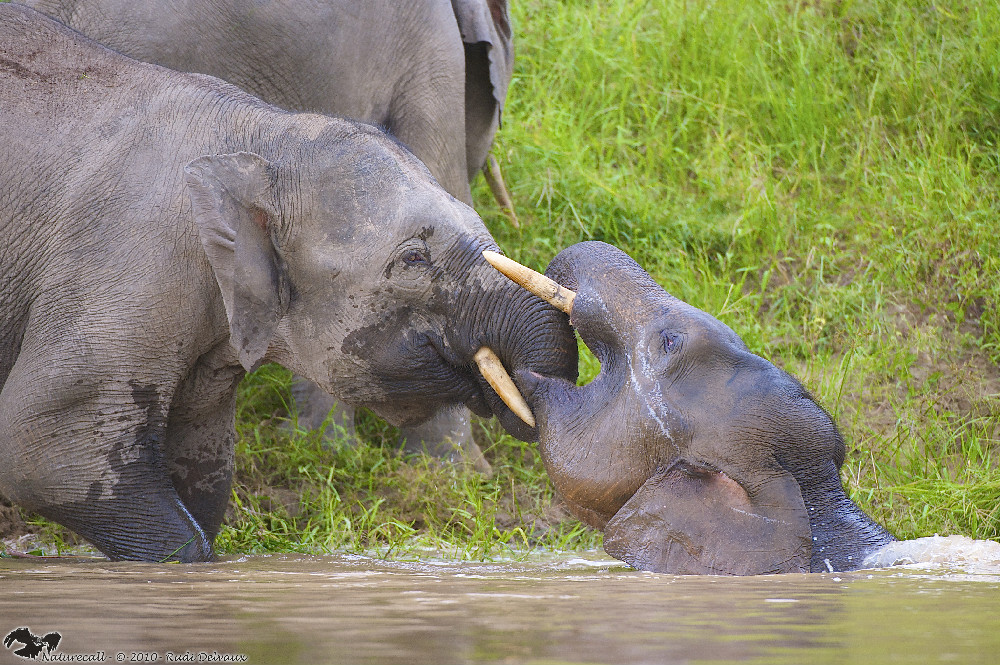
Popular belief once held that Borneo elephants, which live only on the northeastern tip of the island, are the wild descendants of a domestic herd owned centuries ago by the Sultan of Sulu, who controlled the area.
Or Long-Term Residents?
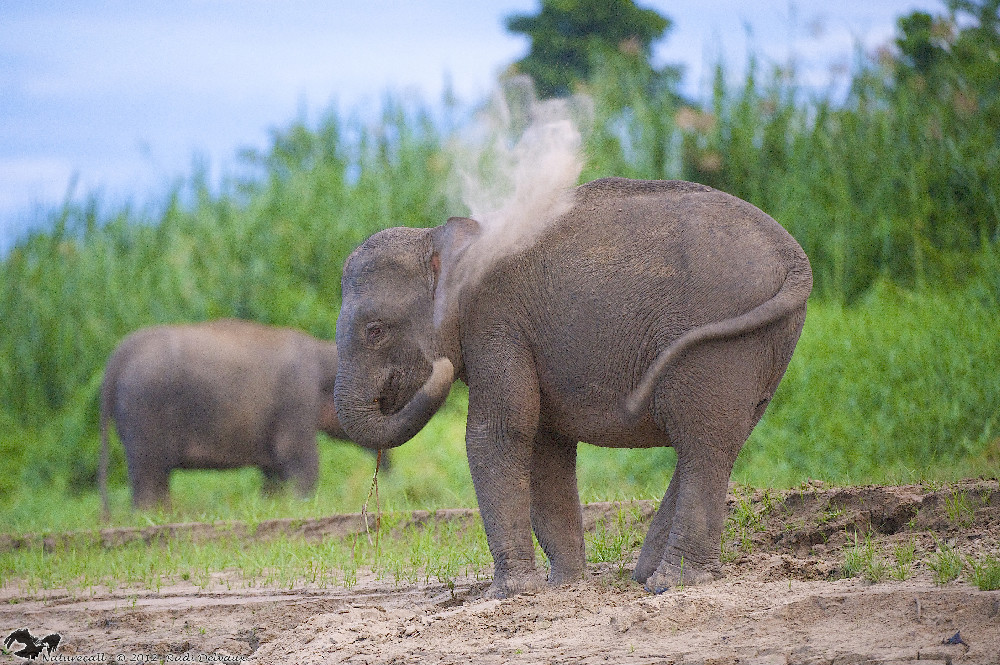
A genetic analysis published in 2003 disputed this story, saying Borneo elephants had colonized the island much earlier. The elephants’ ancestors likely arrived during the Pleistocene Epoch, when an ice age lowered sea level creating a land bridge between mainland Asia and the Sunda islands, which include Borneo, according to the researchers. Based on their genetic analysis, the researchers estimated this happened about 300,000 years ago.
Voyaging Ancestors?
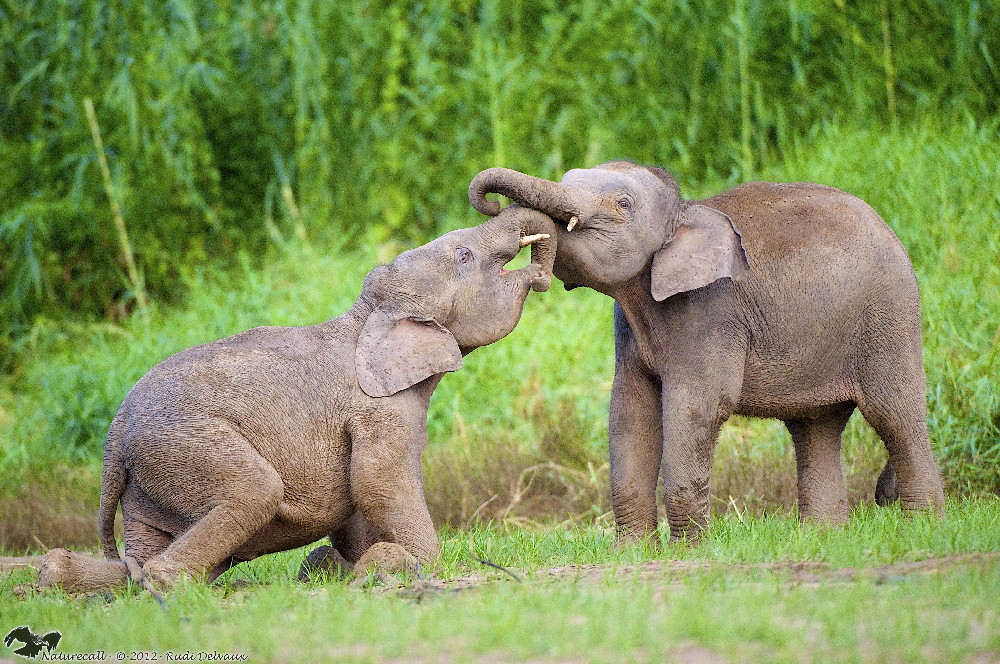
Five years later, another study suggested the elephants are more recent arrivals. According to this theory, Borneo elephants are the descendants of the now extinct Javan elephants, from the Indonesian island of Java. By establishing this wild population in Borneo, the Sultan of Sulu unintentionally saved the Javan lineage.
Rare Elephants
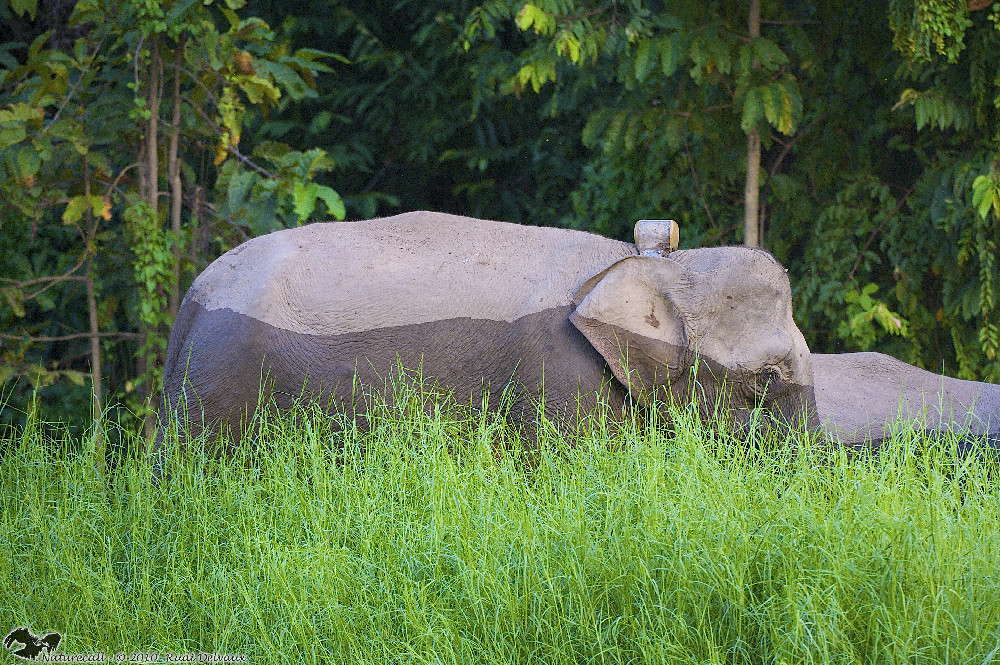
The International Union for the Conservation of Nature and Natural Resources lists Asian elephants as endangered. Borneo elephants are one of four subspecies of Asian elephants, and the most endangered one. Only about 2,000 Borneo elephants are estimated to live on the island.
New Tools
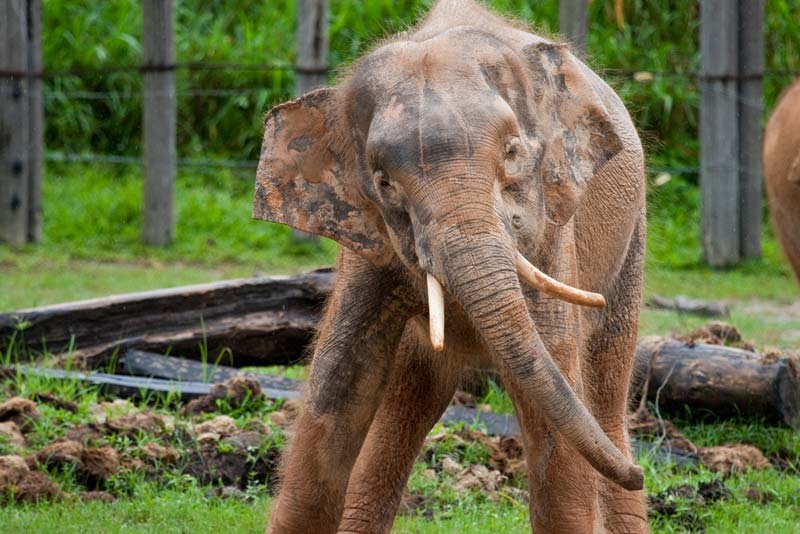
New research is employing technology for sequencing an organism’s genome, or full complement of DNA, to better understand how the changes in habitat are affecting Borneo elephants’ ability to breed with one another. This has important implications for the health of the population.
Meet Chendra
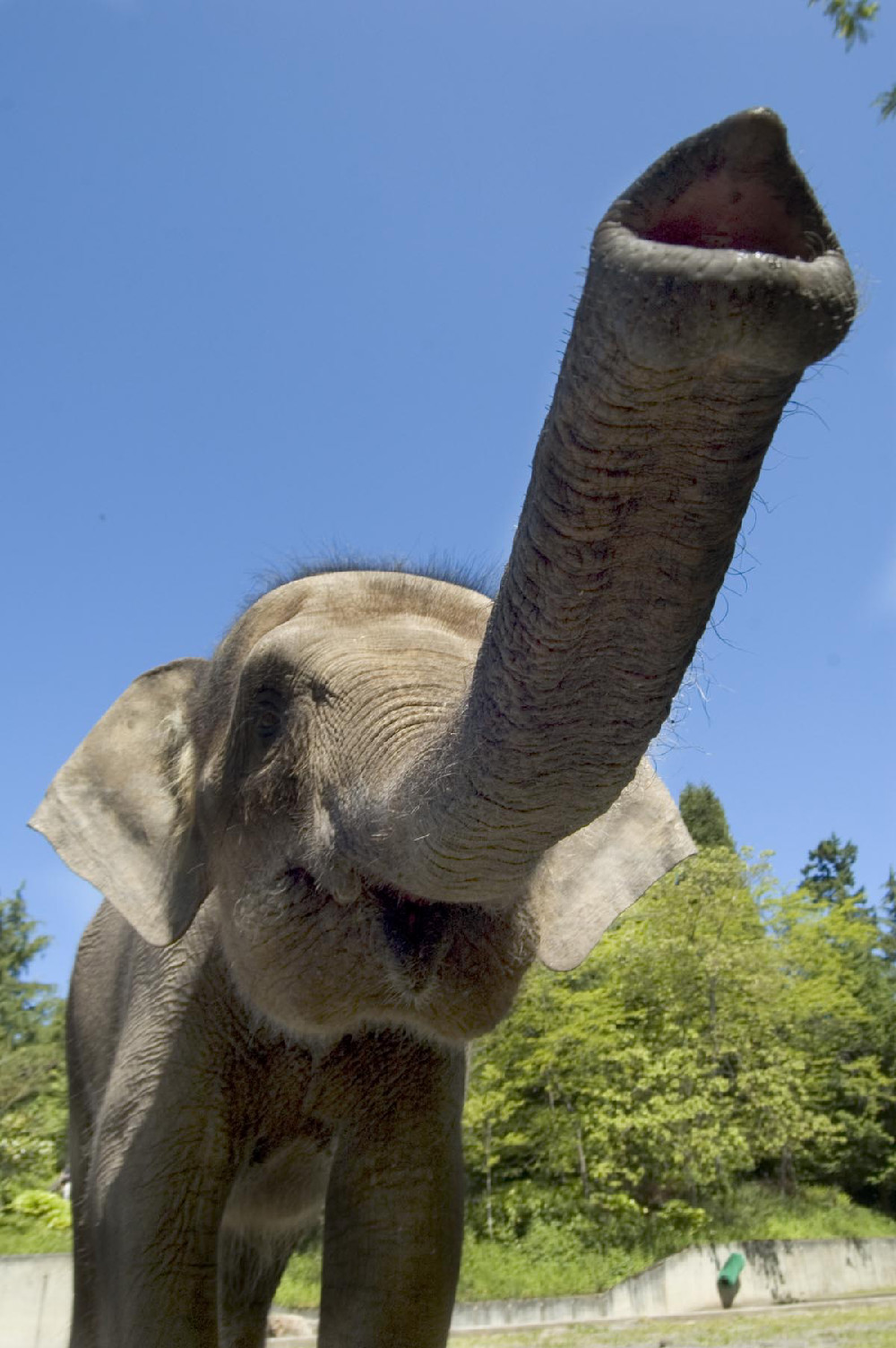
This recent study examined DNA from 10 elephants, nine of them from Sabah, and one from the Oregon Zoo. The Oregonian elephant, Chendra, is shown above. According to the zoo’s bio for her, wildlife officials found Chendra orphaned, alone and hunger near a palm-oil plantation on Borneo. She had wounds on her front legs and left eye, which ultimately left her blind in that eye. Chendra was a poor candidate for release back into the wild, the bio said.
Sign up for the Live Science daily newsletter now
Get the world’s most fascinating discoveries delivered straight to your inbox.
Solving the Mystery
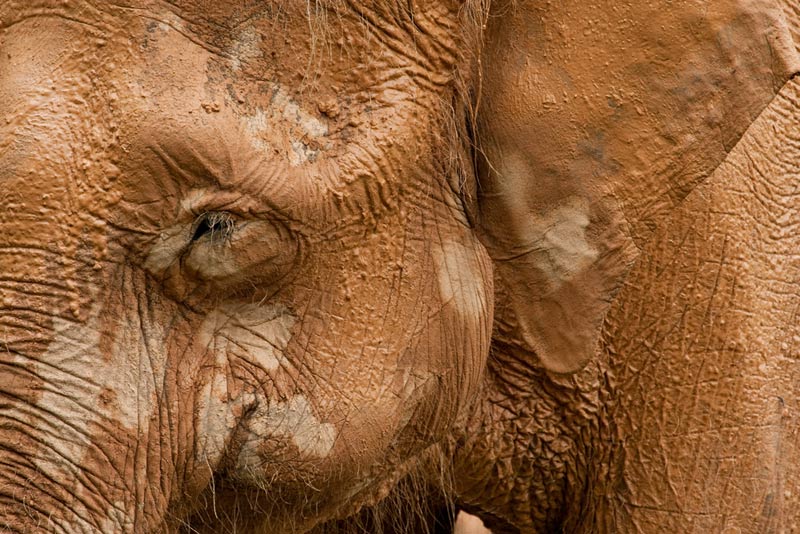
This new study used genomic techniques to identify markers in the Borneo elephant’s genetic code. In addition to helping protect these animals, researchers hope this work may help pin down the controversial origins of these elephants. Shown here, a pygmy elephant at Lok Kawi Zoo in Malaysian Borneo.
Elephants at Risk
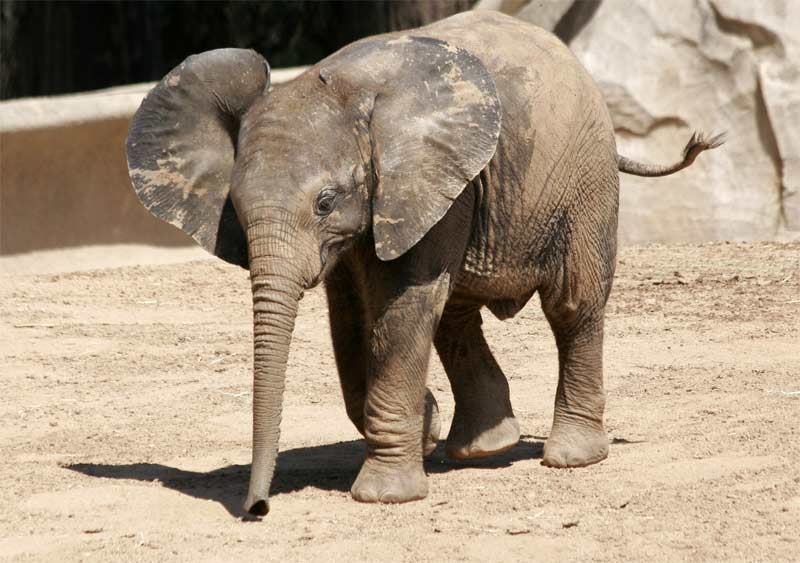
There are two species of elephants: African and Asian elephants. While the larger African elephants, shown above, are listed as vulnerable, Asian elephants are endangered.










